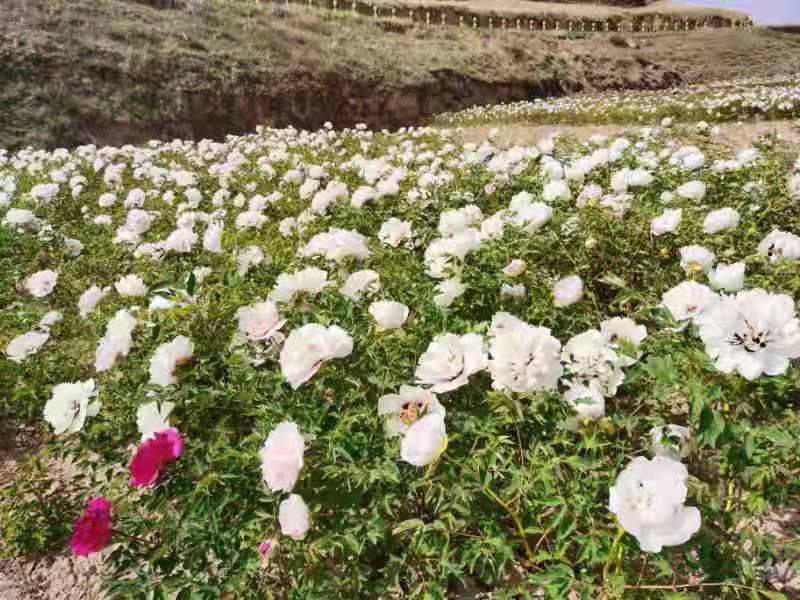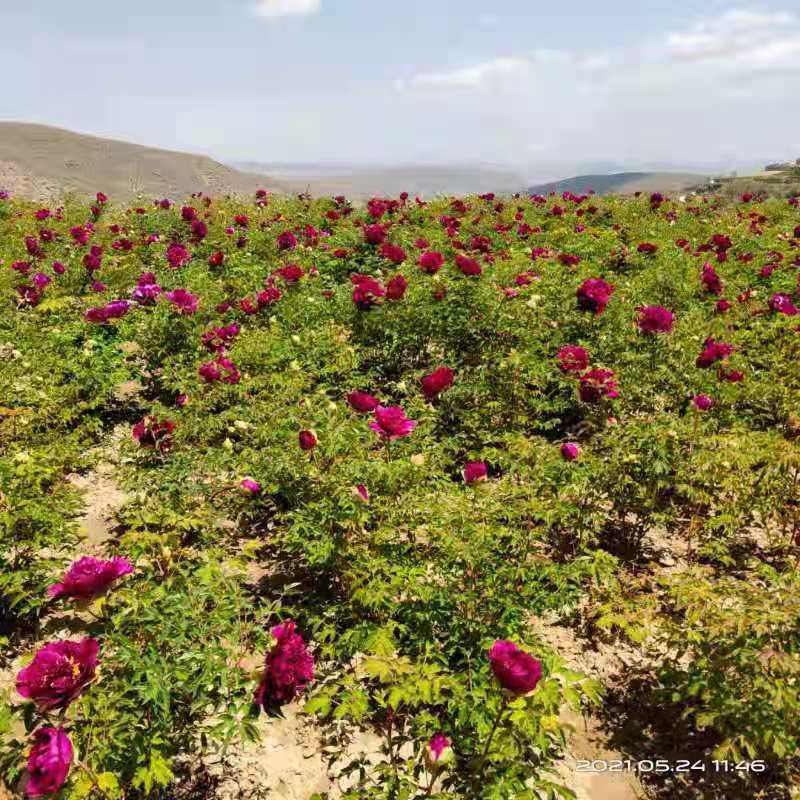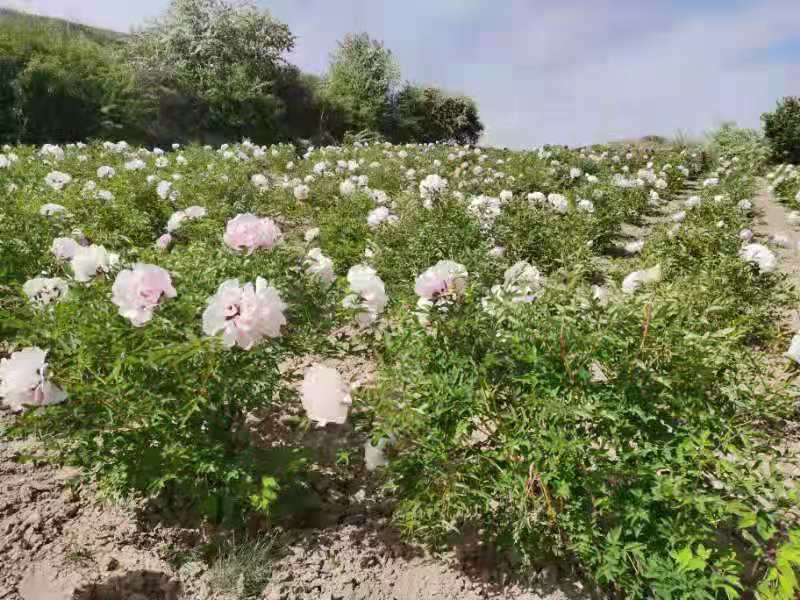Tree Peony is a traditional famous flower in china. It is graceful and luxurious, with national beauty and natural fragrance. It is known as the “king of flowers” and the “national flower” in the minds of Chinese people. Peony is a small deciduous shrub. It loves coolness and fear of heat, likes dryness and dampness, likes light, and is slightly resistant to shade. The flowering period of peonies is generally mid-to-late April in the Central Plains, and the flowering period is delayed in cold areas, and some are delayed to June. After flowering, the growth and development of peony has entered another very important stage. The flower bud differentiation of peony starts from mid-to-late May to mid-June, from the south to the north, and generally lasts from October to November. The specific time varies with different varieties in different regions.

Summer is a critical period for nutrient accumulation and flower bud differentiation for the growth and development of peony. It is also a period of frequent occurrence of pests, weeds, droughts and floods. Therefore, strengthening the scientific management of peony in summer is conducive to the healthy growth and development of peony, so that the next year the peony will have more flowers, bright colors and fragrant colors. The summer management of peony should be “two protection and two promotion”, that is, protecting leaves and roots, promoting growth and flower bud differentiation. In summer, the peony enters the rapid growth period of the leaves, the leaf color deepens, turning green or dark green, and the leaves rapidly increase and thicken. At the same time, the scale buds enter the period of growth and differentiation, and the scale buds are formed in late May, and the leaf primordium has been fully formed in July or late August. Whether the summer maintenance work is done adequately will directly affect the blooming situation in the coming year. According to the characteristics of summer climate and their actual work, the technicians of Heze Duohe Peony Specialized Planting Base explained several key problems and solutions for summer peony maintenance and management.

1. Prevent the lack of fertilizer. Within half a month after the flower fades, a compound fertilizer based on phosphate fertilizer should be applied once, and some decomposed and fermented farm manure can also be properly applied. If the plants are not growing well after flowering, you can also use 0.2% potassium dihydrogen phosphate solution for foliar topdressing, so that the plants can flourish.
2. Watering at the right time usually watering once every seven or eight days, watering should be in the early morning or evening. It is necessary to keep the soil moist, not too wet, and not to accumulate water. 3. Strictly prevent diseases. Under the environment of high temperature and high humidity, peony brown spot, gray mold and other leaf diseases are most likely to occur. When the condition is discovered, the type of the disease shall be identified in time, and corresponding measures shall be taken.
1. Brown spot disease is also called erythema, which often causes early leaf withering and affects the growth of peony. To completely remove the diseased body, spray 50% carbendazim 600 times liquid or 3% lime sulfur mixture to kill the germs on the plants. After the onset, spray 50% carbendazim 1000 times solution or 65% dyssenzine five to six hundred times solution, spray once every 7 to 10 days, and spray three or four times in a row. Planting density is moderate, apply organic fertilizer and compound fertilizer.
2. Anthracnose: Anthracnose often causes the peony leaves to appear as dry patches, the diseased stems are twisted, and the young branches die. Minimize the source of infection. Spray 70% anthrax thiram 500 times solution or 1% lime equivalent type Bordeaux solution or 65% dyssenzine 500 times solution at the initial stage of the disease, spray once every 10 to 15 days, a total of two or three sprays.

3. Wheel spot disease, also known as white spot disease, is a common leaf spot disease of peony. The fallen leaves of the diseased plant are removed in time, and the 3 degree lime sulfur mixture is sprayed before the plant germinates to kill the pathogens on the peony plant. After the onset of the disease, spray 1% lime equivalent Bordeaux solution or 50% Tuzet 800 times solution or 65% Zinc Zinc 500 times solution for two or three consecutive sprays, once every 10 days to 15 days. Prune dead branches and dense branches and leaves in time to improve ventilation and light conditions.
4. Gray mold: This disease can occur during the growing season of peony, causing serious damage to young plants, causing lodging and withering of seedlings. Remove the litter of diseased plants, and deeply bury the diseased bodies. Once the disease occurs, the following agents can be sprayed for prevention and control: 1% lime equivalent Bordeaux solution, 70% thiophanate methyl 1000 times solution and 65% Zinc zinc 500 times solution, spray once every 10 to 15 days, continuous spray Two or three times. Drain water in time after rain, and don’t cultivate wet soil at the base of the plant cluster.
